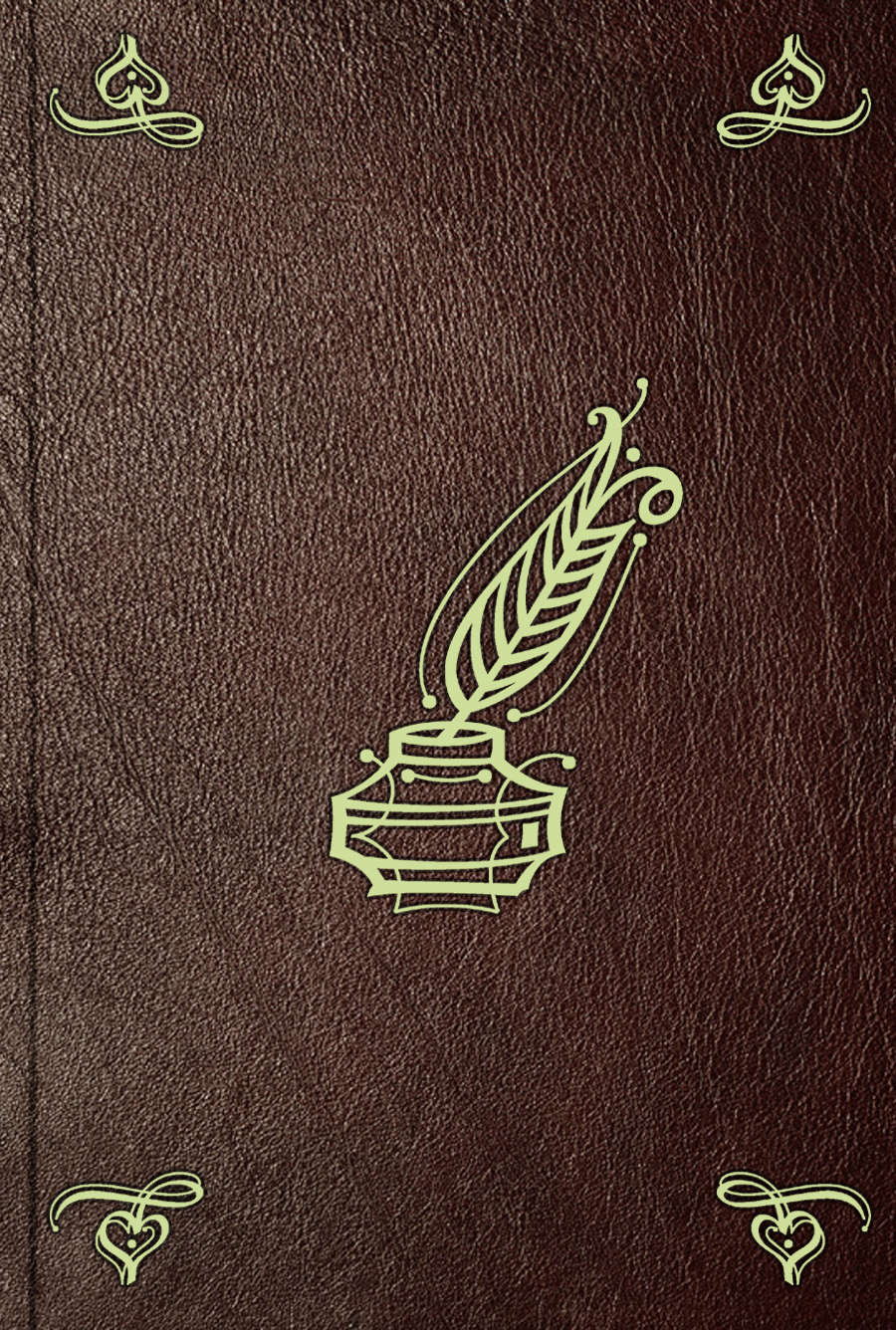Электронная книга: Marguerite de Valois «Contes et nouvelles. T. 6»

|
Полный вариант заголовка: «Contes et nouvelles de Marguerite de Valois, reine de Navarre : Tome 6 : ornee de 75 jolies gravures». Издательство: "Библиотечный фонд" (1807)
электронная книга Скачать бесплатно на Litres |
Другие книги автора:
| Книга | Описание | Год | Цена | Тип книги |
|---|---|---|---|---|
| Memoires justificatifs de la comtesse. Vol. 1 | Полный вариант заголовка: «Memoires justificatifs de la comtesse de Valois de la Motte : Vol. 1 : ecrit par elle-meme : avec figures» — Библиотечный фонд, электронная книга Подробнее... | электронная книга | ||
| Memoires justificatifs de la comtesse. Vol. 2 | Полный вариант заголовка: «Memoires justificatifs de la comtesse de Valois de la Motte : Vol. 2 : ecrit par elle-meme : avec figures» — Библиотечный фонд, электронная книга Подробнее... | электронная книга | ||
| Contes et nouvelles. T. 7 | Полный вариант заголовка: «Contes et nouvelles de Marguerite de Valois, reine de Navarre : Tome 7 : ornee de 75 jolies gravures» — Библиотечный фонд, электронная книга Подробнее... | электронная книга | ||
| Contes et nouvelles. T. 5 | Полный вариант заголовка: «Contes et nouvelles de Marguerite de Valois, reine de Navarre : Tome 5 : ornee de 75 jolies gravures» — Библиотечный фонд, электронная книга Подробнее... | электронная книга |
Marguerite de Valois
Infobox French Royalty|majesty|consort
name =Marguerite de Valois
title =Queen consort of France and Navarre

caption =Portrait of Marguerite de Valois, ca. 1572
reign =1589–1599
spouse =Henry IV
royal house =
othertitles =Queen consort of France & Navarre
father =
mother =
date of birth =
place of birth =
date of death =
place of death =
place of burial =Chapel of the Valois.|
Marguerite de Valois (
Early life
Born Marguerite de
Arranged marriage
Although Marguerite loved
Marguerite was forced to marry Henry of Bourbon, the son of
On
Just six days after the wedding, on Saint Bartholomew's Day, a massacre of Huguenots was conducted by Parisian mobs.
After the massacre
After more than three years of confinement at court, Henry (who had saved his life by pretending to convert to Catholicism) escaped Paris in 1576, leaving his wife behind. Finally granted permission to return to her husband in Navarre, for the next three and a half years Queen Marguerite and her husband lived a scandalous life in Pau. Both openly kept other lovers, and they quarrelled frequently. Henry IV kept mistresses, most notably
Coup at Agen
After an illness in 1582, Queen Marguerite returned to her brother's court in France. But Henry III was soon scandalized by her reputation and forced her to leave the court. After long negotiations, she was allowed to return to her husband's court in Navarre, but she received an icy reception. Determined to overcome her difficulties, Queen Marguerite masterminded a
During this time Queen Marguerite wrote her memoirs, consisting of a succession of stories relating to the affairs of her brothers Charles IX and Henry III with her former husband Henry IV. The memoirs were published in 1658, 43 years after her death, and scandalized the population. The strong-minded Marguerite was
In the end, her beauty fading, Queen Marguerite lived in near poverty hounded by creditors to the point of selling all of her jewels. Reconciled to her former husband and his second wife,
Ancestry
Marguerite de Valois in fiction
La Reine Margot appears in
Marguerite de Valois also has a major role in the
ee also
*
References
External links
* Full text of " [http://www.gutenberg.net/etext/3841 Memoirs Of Marguerite de Valois] " from
* [http://www.cybersybils.net/Delamare.jpgImage] at cybersybils.net
* [http://pandemonium.tiscali.de/pub/gutenberg/3/8/4/3841/3841-h/images/marguerite.jpgImage] at pandemonium.tiscali.de
Источник: Marguerite de Valois
См. также в других словарях:
Contes et nouvelles du XIXè siècle — Contes et nouvelles du XIXe siècle Contes et nouvelles du XIXe siècle Genre Anthologie Créateur(s) Gaëlle Jirre Gérard Jourd hui Pays d’origine … Wikipédia en Français
Contes et nouvelles du XIXe siècle — Contes et nouvelles du XIXe siècle Genre Anthologie Créateur(s) Gaëlle Jirre Gérard Jourd hui Pays d’origine France Chaîne d’origine … Wikipédia en Français
Contes et nouvelles (Clavel) — Contes et nouvelles : L arbre qui chante Auteur Bernard Clavel Genre Récits Pays d origine France Éditeur Omnibus … Wikipédia en Français
Contes et nouvelles en vers — ( Tales and Novellae in Verse ) is an anthology of various ribald short stories and novellae collected and versified by Jean de La Fontaine. Claude Barbin published the collection in 1665. La Fontaine drew from several French and Italian works of … Wikipedia
Contes cruels (Mirbeau) — Contes de la chaumière, illustrés par Jean François Raffaëlli, 1894 Contes cruels : c’est sous ce titre, emprunté à Villiers de L’Isle Adam qu’en 1990 ont été recueillis, en deux volumes, quelque 150 contes et nouvelles de l’écrivain… … Wikipédia en Français
Contes pour buveurs attardés — est un livre écrit par Michel Tremblay et publié en 1966 aux Éditions du Jour. Sommaire 1 Présentation 2 Histoires racontées par des buveurs 3 Histoires racontées pour des buveurs … Wikipédia en Français
